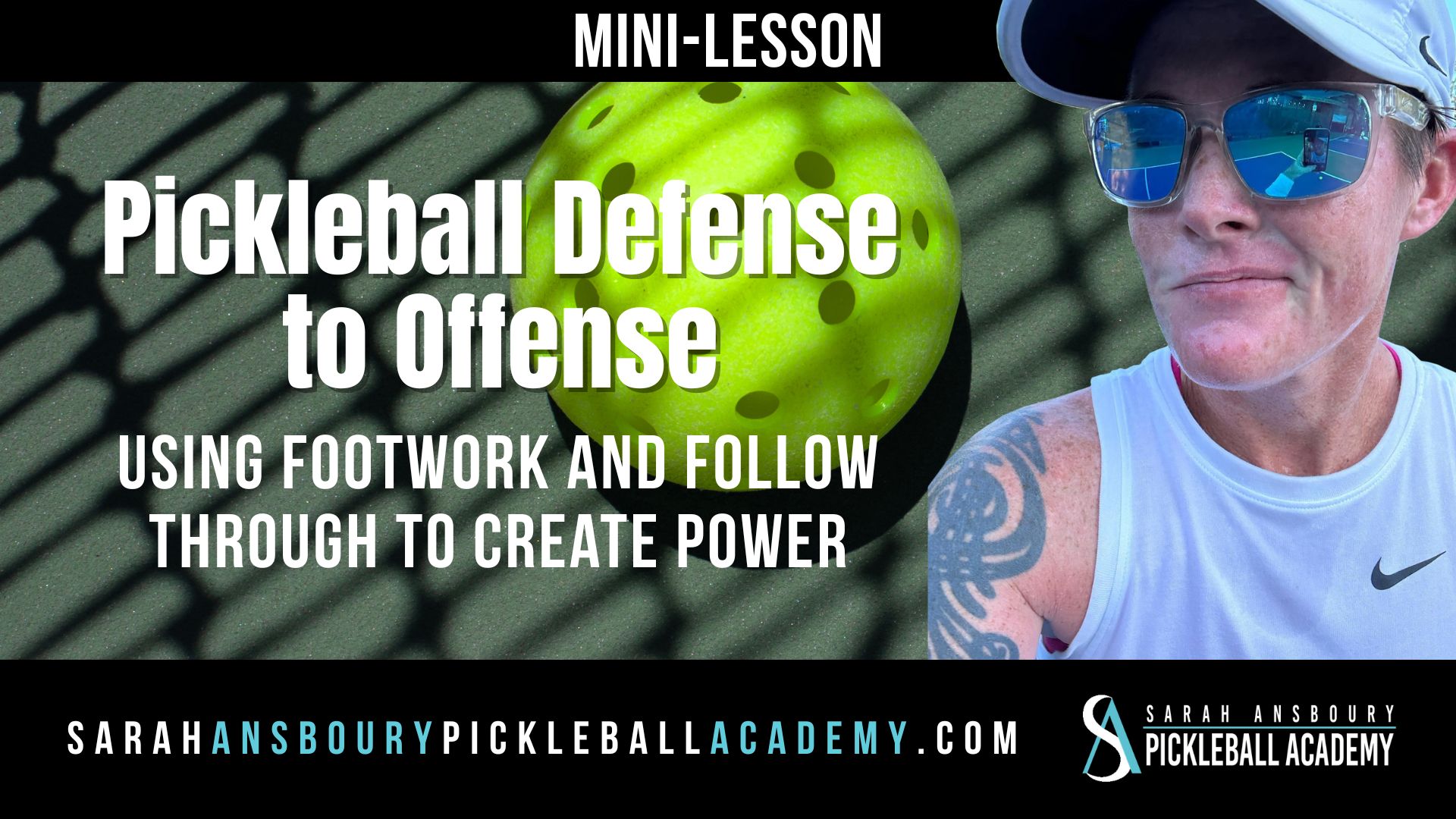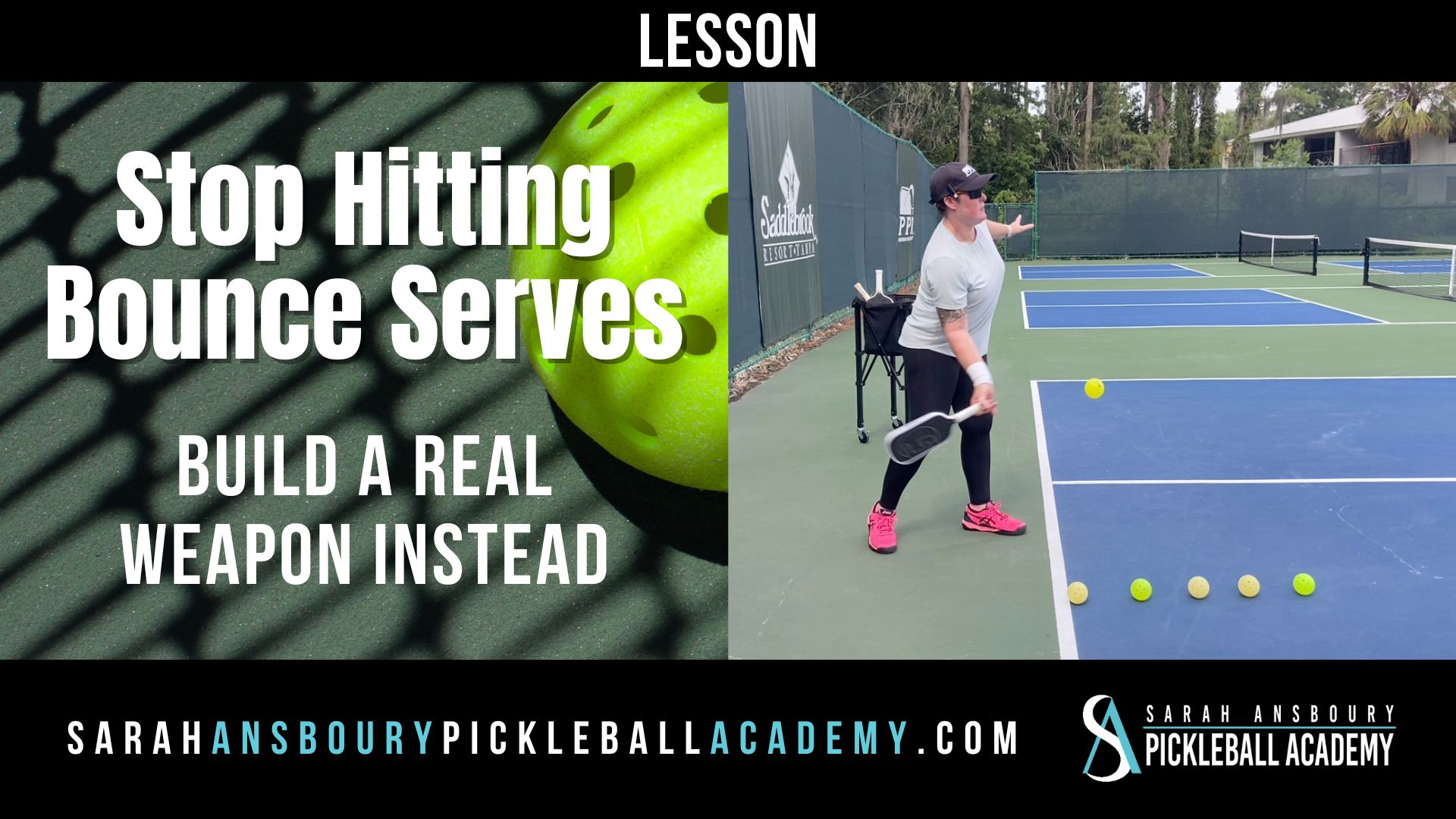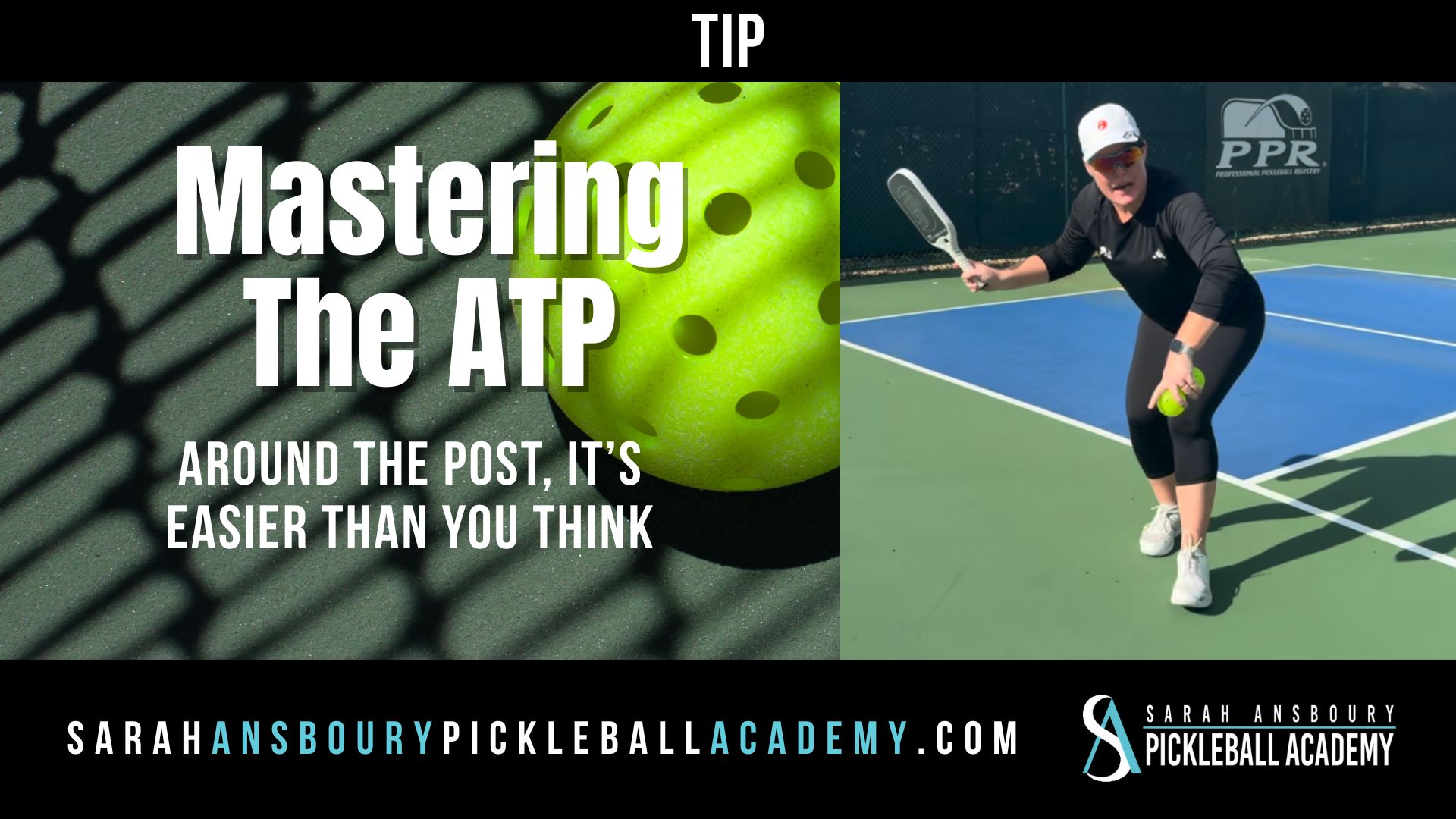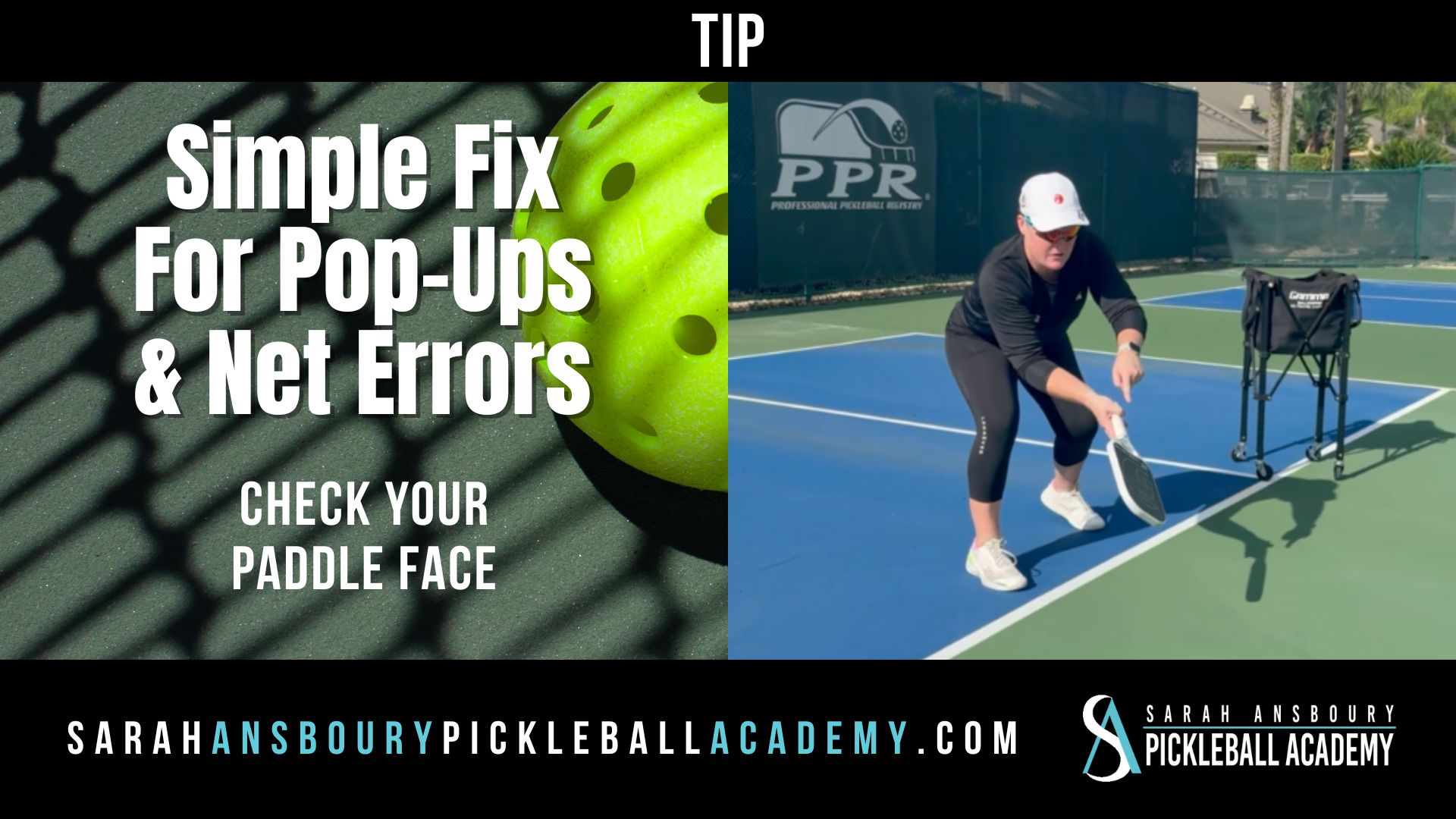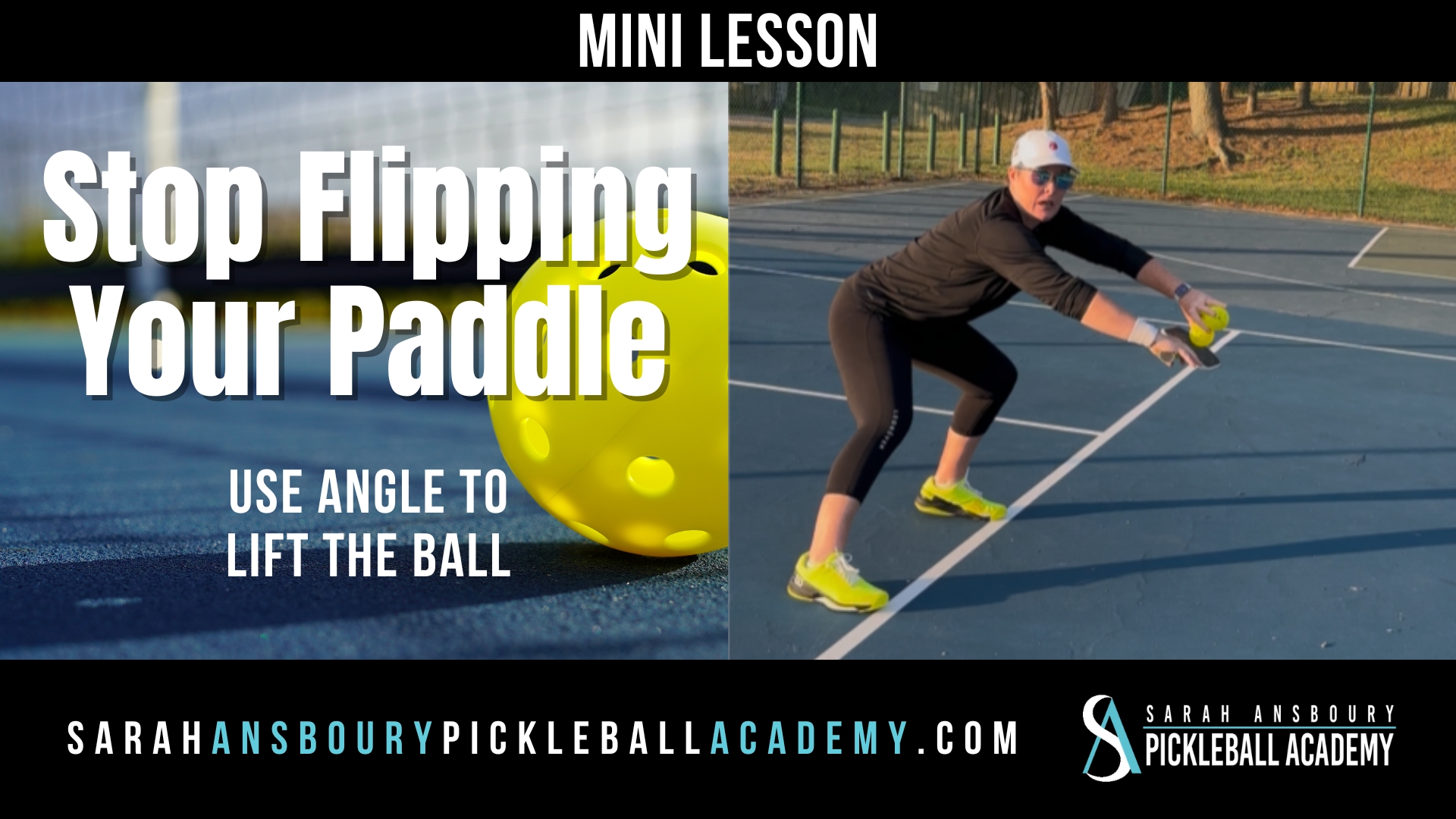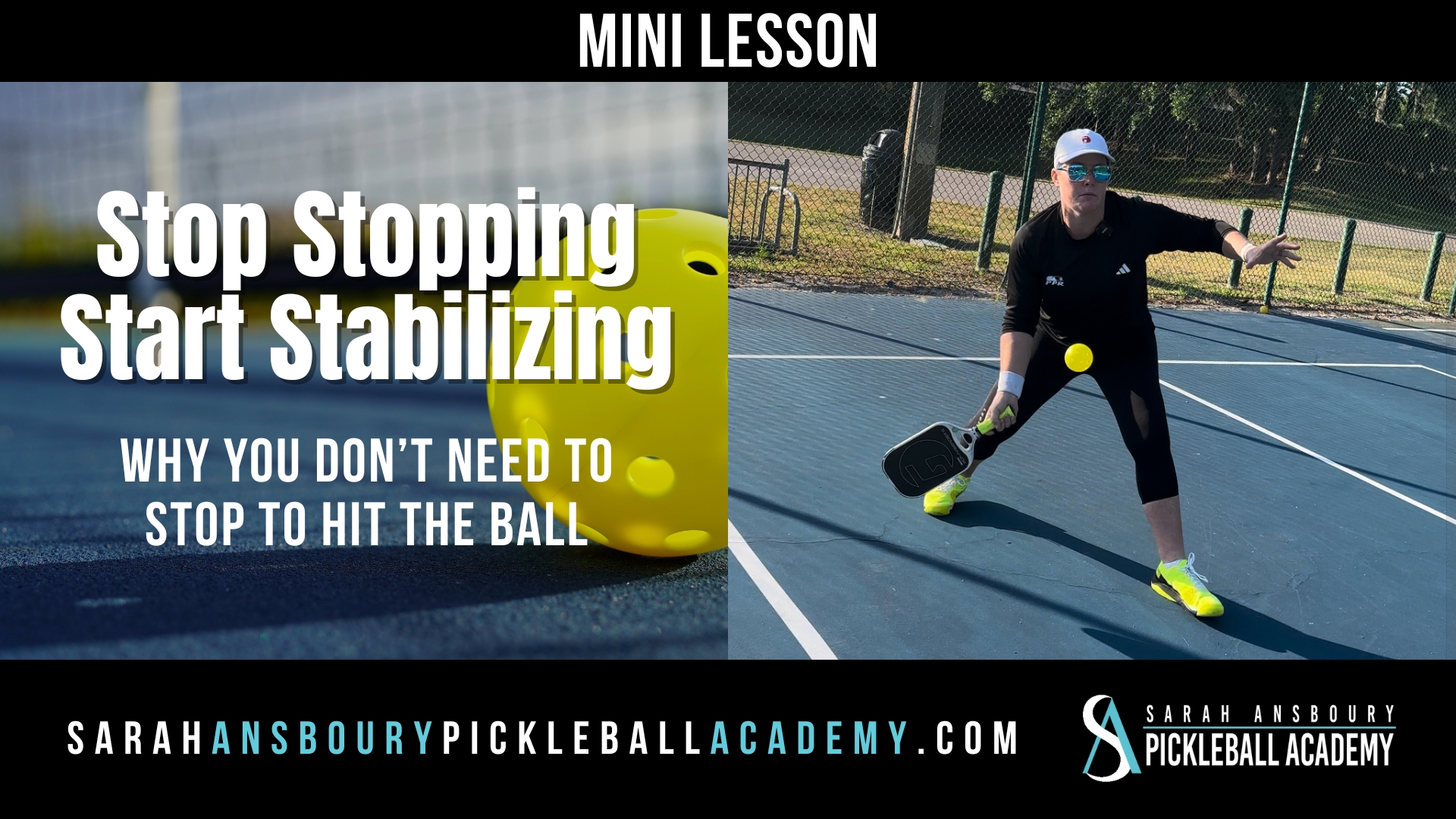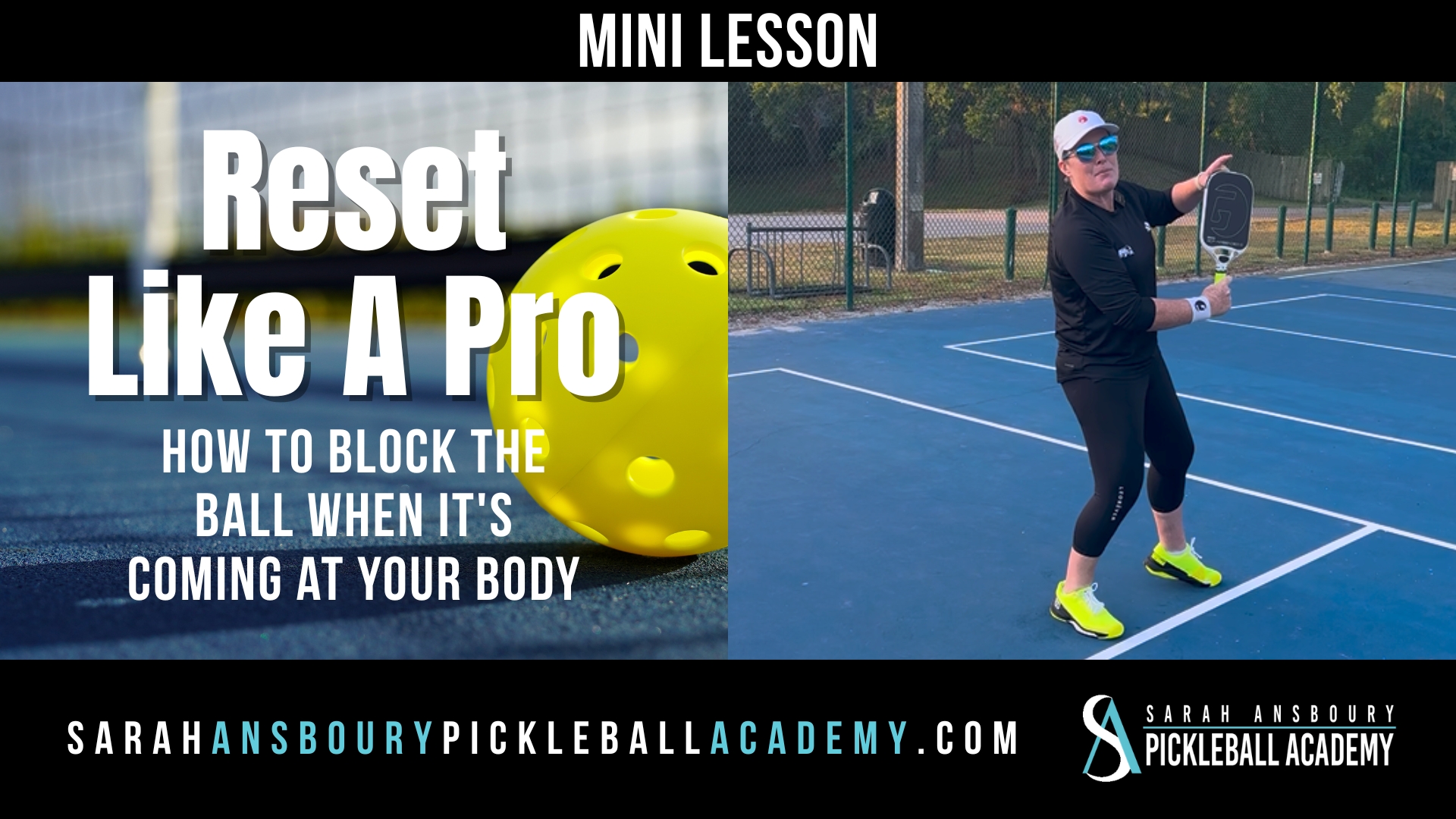Pickleball is challenging both mentally and physically. There are so many choices and very little time to make them. That is why you must have a pickleball plan.
Pro Level Pickleball Plan
At the pro level we are often playing against players or teams we have played against before. We will know the players’ tendencies and have an idea of what works best when competing against them. Of course, on any given day, you may play differently or your opponent has one of those “can’t miss” days. (And certainly, we are seeing some new teams rise through the ranks very quickly…causing us to play someone new.) But in the majority of matches, we enter the match with a specific plan.
Pickleball Plans When You Don’t Know Your Opponent
The challenge for most players entering tournaments, especially big national tournaments like the US Open, National Senior Games, or Nationals…is that they will play against teams they never saw before. You might think not knowing your opponent excuses you from making a plan….but I would disagree. Even if you haven’t seen the other team play one game, you can (and should) make a plan.
Your pickleball plan does not have to be exhaustive…it doesn’t need to cover three games. But you do need at least a  starting point. Start by picking a target. Your target can be a place on the court or a single player. Decide with your partner what or who your target will be, and then focus on hitting the ball to that place or person.
starting point. Start by picking a target. Your target can be a place on the court or a single player. Decide with your partner what or who your target will be, and then focus on hitting the ball to that place or person.
The fewer choices you have during the game the more you can focus and the less pressure you put on yourself. If you don’t have any idea what strategy might work, you need to start by picking one. Once you start a rhythm and have been able to do this for a few points…check in with your partner. Is this pickleball plan working? Should we choose a new target? This doesn’t need to be a long, drawn-out discussion. You likely won’t even need to call a time-out. Keep it simple.
Identifying Their Plan
Next, determine if they have a plan. Are they hitting to one person…favoring a particular player? Does a player return the serve to the middle of the court, or tend to go down the line? If you can identify what they tend to do, there is a lot less guess-work. You can position yourself to better anticipate and respond to their shot.
Again, talk to your partner. Don’t assume they are seeing what you are seeing. I have personally witnessed teams that played an entire match with only one team member realizing that their opponent was left-handed. Has this ever happened to you? After the game, you might feel silly…and frustrated because a simple comment like “Both backhands are in the middle” could have easily been shared between points.
Start Simple
Work on keeping it simple and getting on the same plan. When you have decided where you want the ball to go and have an idea of where it will be returned, there is a lot less guess-work. We aren’t surprised…by our partner or our opponent.
As you gain experience creating and analyzing your pickleball plan during the game, you will be able to work on strategies to help you during the game. But at a bare minimum, pick a target you can agree on.


